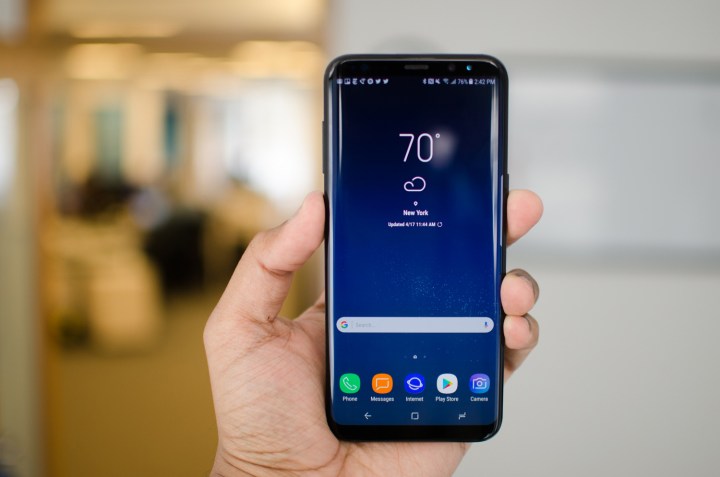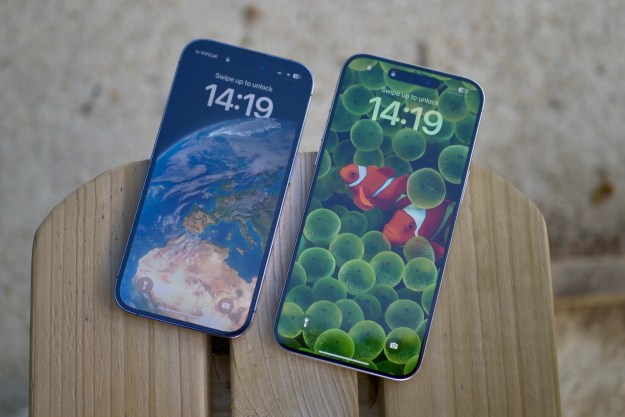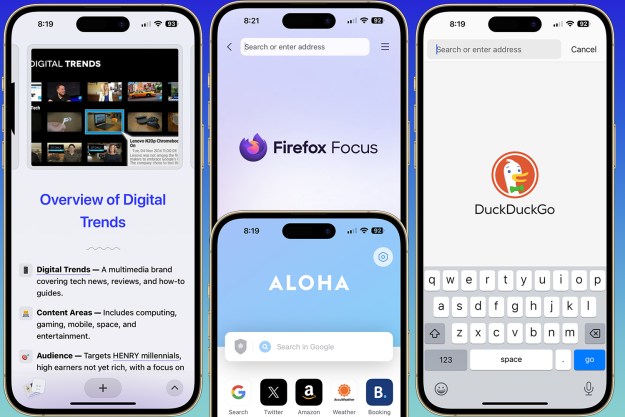
Samsung, on the other hand, may have some cause for concern. Its hyped S8 and S8 Plus are projected to have a lower market share than last year’s S7 and S7 Plus. Whereas the former received just 8.1 percent market share, the older version saw 8.8 percent market share. In fact, Android as a whole didn’t perform all too well in the U.S. Of course, we should point out that Kantar’s data only extends through the end of May, and the S8 was only made available on April 27.
Also curious to note is just how well the S7 and S7 Plus ultimately performed even despite its propensity to explode.
That said, Apple didn’t fare quite so well overseas, especially in burgeoning market China. According to Kantar, iOS share in urban China dropped 16.2 percent year over year. The research company noted that this represented “another period of decline in China that began during the three months ending February 2016.”
Europeans, though, remain Apple loyalists, with the brand posting 1.1 point gains in sales across the five major markets of Great Britain, Germany, France, Italy, and Spain. That said, moving forward, India will be a more important market to corner than any of these five nations, so it seems as though both Apple and its competitors have their work cut out for them.
Editors' Recommendations
- 5 phones you should buy instead of the iPhone 15
- 5 phones you should buy instead of the Google Pixel 8
- This is our best look yet at the iPhone 16’s big design changes
- The most common iPhone 15 problems and how to solve them
- 5 phones you should buy instead of the iPhone 15 Pro Max



“Android partner brands Samsung, LG, and Moto experienced year-on-year declines in the U.S.,” reported Lauren Guenveur, global consumer insight director for Kantar Worldpanel. “The Samsung Galaxy S8, released in the last two weeks of the April period, did not show a significant impact on Samsung’s sales in the period ending in April, nor did LG’s G6. Neither of those made the list of Top 10 best-selling phones.”